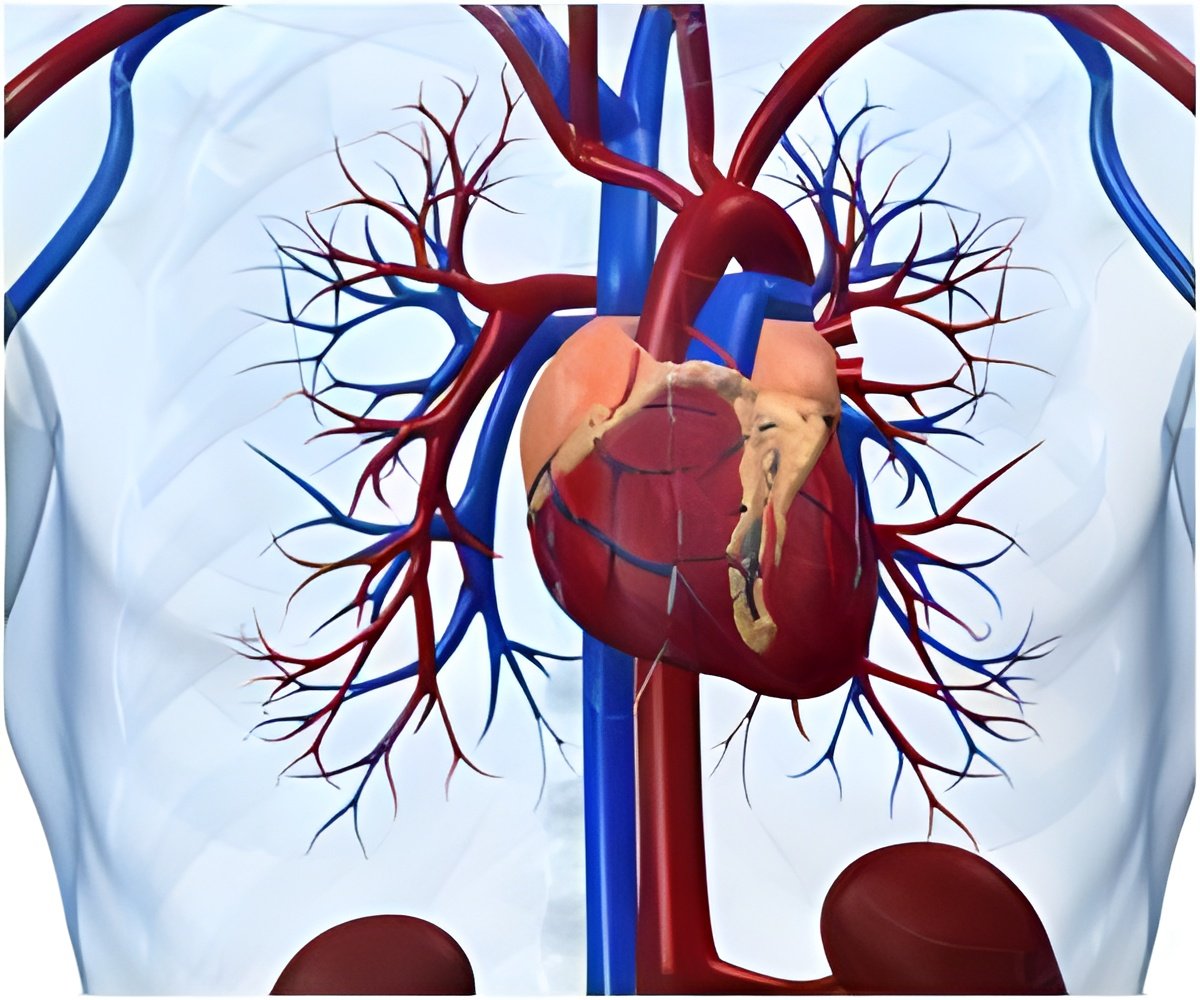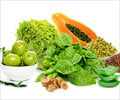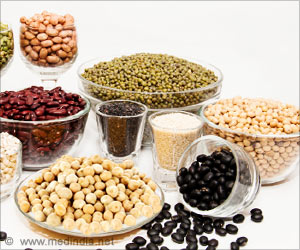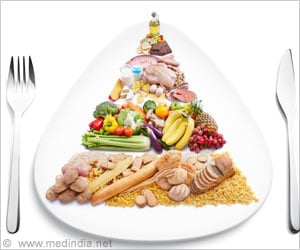A unique combination of powerful antioxidants present in tart cherries may help reduce risk factors for heart disease and inflammation.

They found drinking eight ounces of tart cherry juice daily for four weeks significantly reduced important markers of inflammation and cardiovascular risk in a study of 10 overweight or obese adults.
Many of the adults also had lower levels of uric acid (linked to inflammation and gout) and triglycerides (linked to heart disease). 1
They also found that a cherry diet (at 1 percent of diet as tart cherry powder) reduced C reactive protein and other markers of inflammation by up to 36 percent and lowered levels of total cholesterol by 26 percent in a five-month mouse study.
The researchers suggest that there's an atherosclerosis benefit connected to both lowering cholesterol, and an anti-inflammatory effect, specifically in the blood vessels coming from the heart.
Importantly, the mice eating the cherry diets had a 65 percent reduction in early death, likely due to improved cardiovascular health.2
Advertisement
About one cup of freeze-dried tart cherries have an ORAC over 10,000, and contain a diverse combination of antioxidant compounds and phytochemicals likely responsible for their health benefits.
Advertisement
In addition to heart heath benefits, research also suggests cherries could affect inflammation related to muscle recovery post-workout and arthritis.
The research was presented at the Experimental Biology annual meeting in Washington, DC.
Source-ANI









